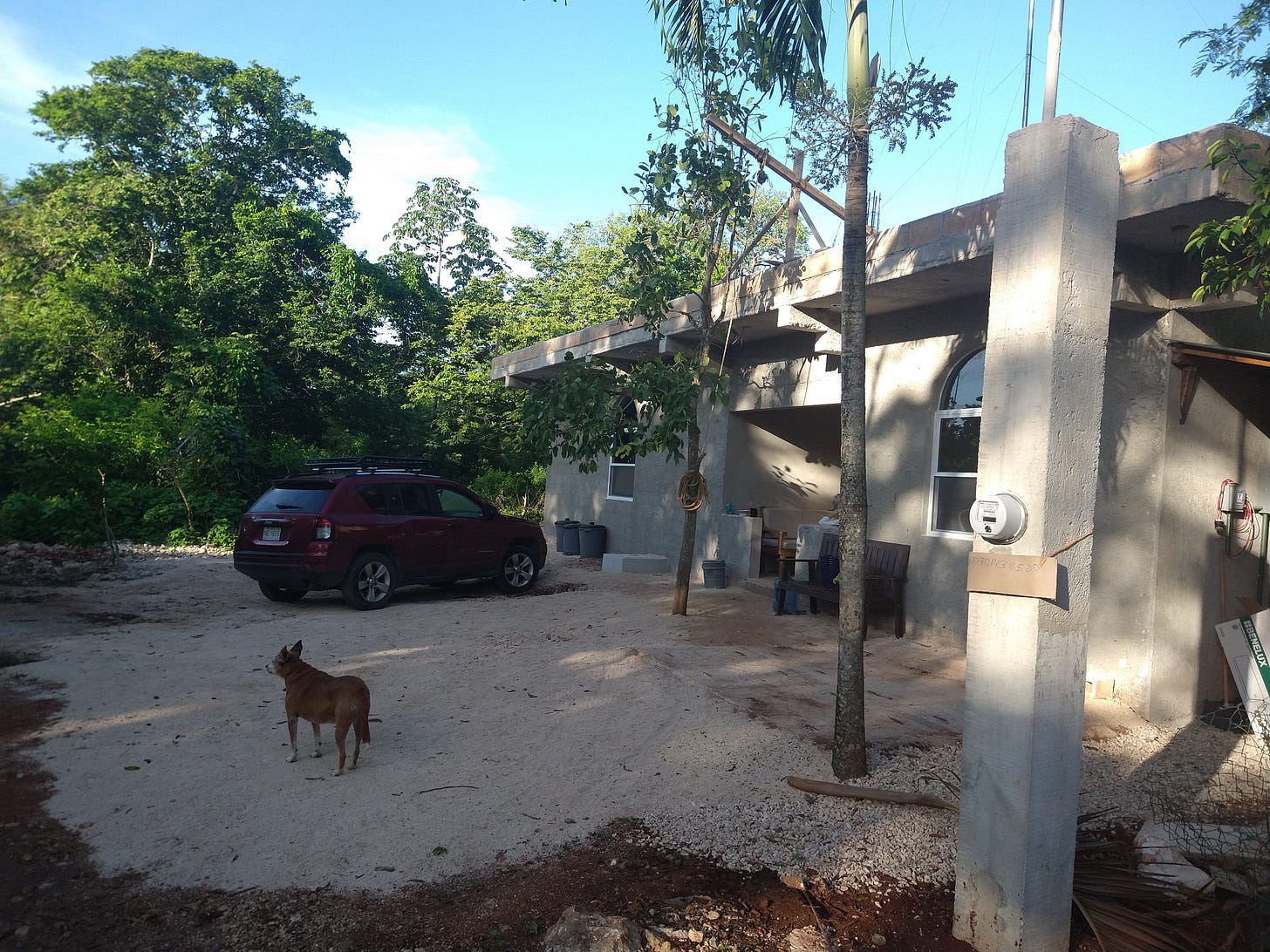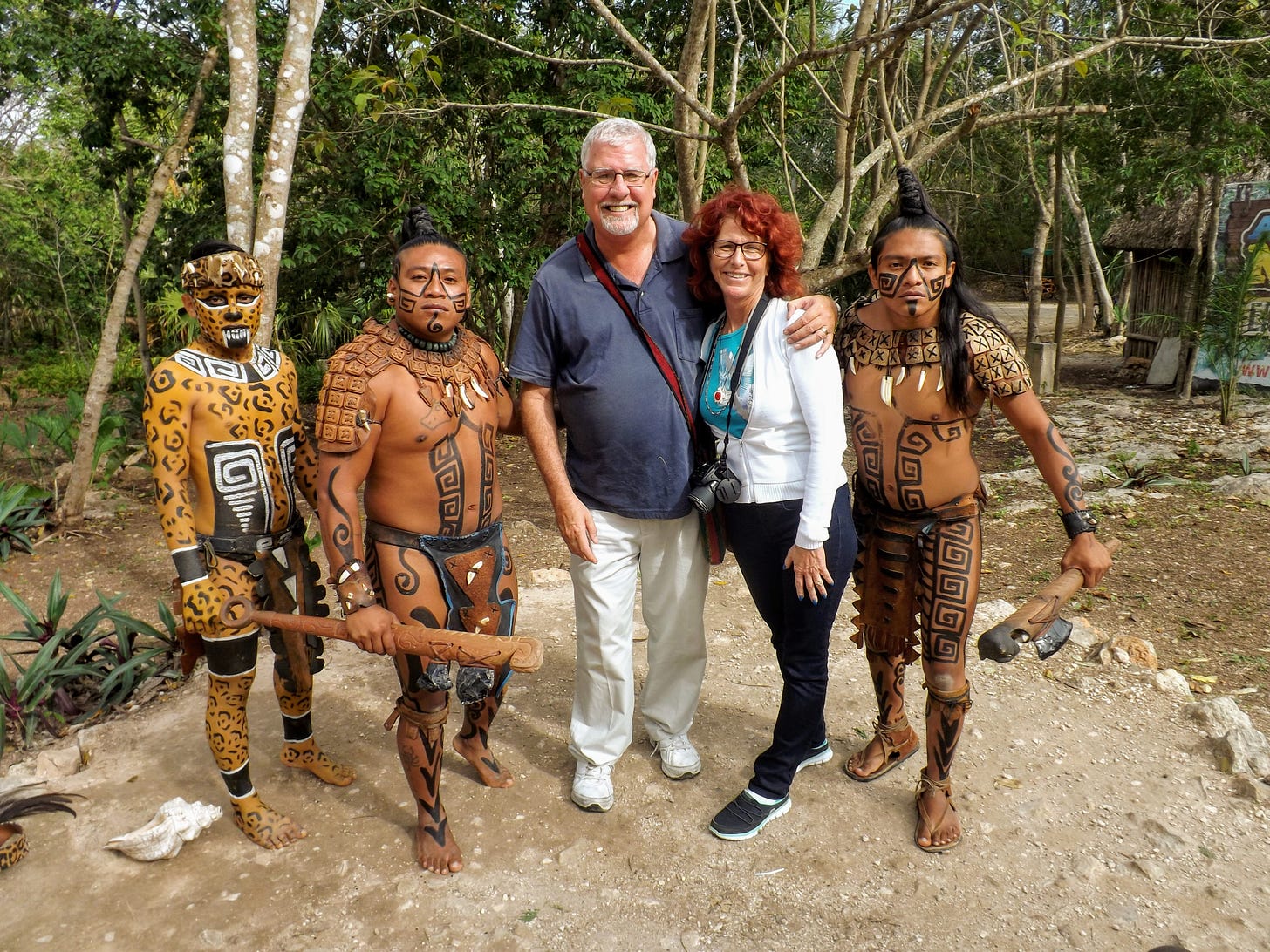Are You Living In — or Living With — Your Expat Community?
Don Murray explains why true connection makes your overseas life richer and more rewarding.
We had just finished dinner. The knocking on our door was so soft, even the dogs weren’t sure they heard it, raising and cocking their heads to be sure. I was greeted by six or seven sparkling, uniformed schoolchildren and their teacher. They had come to deliver our personal, printed invitation to attend the upcoming graduation ceremony to be held in the village center. My wife, Diane, and I were listed as godparents for the small middle school we have long supported. One of the soon-to-be graduates is the daughter of our housekeeper and the best friend and playmate of one of our dogs.
Each morning, I take our two dogs for a car ride through the small Maya village where we live in Mexico’s Yucatán Peninsula. They insist!
Luna (a smallish Schnauzer mix) rides on my lap, her head out the window, actively taking in the sights and smells of a new day. Ollie, a fluffy white Bichon Frisé, lies on the passenger seat, perfectly content to receive pets and scratches with no interest in looking outside the car.
I rarely exceed 5–7 MPH as I navigate between other dogs sleeping on the roads, small flocks of turkeys and chickens, and the occasional herd of goats. My hand is in constant motion as I wave at women hanging wash on lines and uniformed children walking to school. The children wave back, eagerly shouting, “¡Hola Donald! ¡Hola Luna!”
I exchange nods with men riding their small motorcycles to laborious jobs or to work in the fields of their family farms.
The smell of early morning cooking fires wafts through the air, and tropical birds provide an enthusiastic chorus from the surrounding jungle. These people, indigenous Maya, have lived in this area for thousands of years, and they are our friends and neighbors. We do not live in this tiny village; we live with it and feel a part of its pulse and rhythm. Diane and I have been in many of the homes and have attended weddings, quinceañeras, birthdays, and funerals. We have assisted many of our neighbors and are regularly acknowledged, as well. Some years ago, I needed an emergency blood transfusion. It wasn’t until weeks later that I learned of the number of neighbors who had quickly come to donate.
Plates of hot food, fresh garden vegetables, and bouquets of flowers are frequently delivered to our house, and we always have a large bag of candy nearby, grabbing a handful for the bravest children who find the courage to knock on our door.
We are grateful to live as a part of this community rather than merely in it and have enjoyed nearly eight years here. Though we do not speak their primary language (Yucatec Mayan) and are, in fact, the only non-indigenous residents in this tiny Maya community, we have been warmly accepted. Spanish is a widely spoken second language here, so we get along.
I often see posts on various social media sites from those seeking to relocate outside the United States. Regardless of where you choose to build your new nest, push through your discomfort and seek to engage with residents rather than clustering with other expats. Becoming a part of your community involves some effort, including learning the local language and customs, but it will be significantly more authentic, rewarding, and interesting than living as an extended tourist.
— Don Murray, reporting from Ek’ Balam, Mexico
Editor’s Note: See what really happens when you trade ordinary life for an adventure overseas. Read Don’s full 14-year expat journey here.




